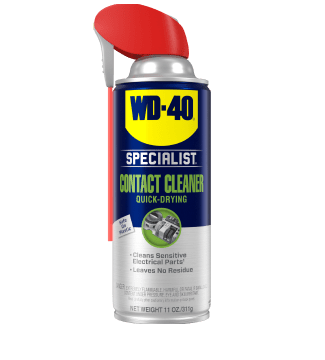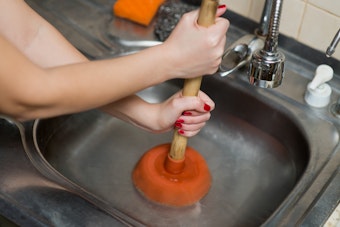Fire Preparedness for Your Home
Fire Preparedness for Your Home
<< BackIs your home prepared for a fire emergency? Before the hot months of summer set in, examine and boost your home’s fire preparedness by following the below tips. Afterward, take a look at Bob Vila’s Fire Safety Checklist to find out how you – and your home – stack up against guidelines from firefighters.
Purchase Fire Extinguisher
One of the best investments a homeowner can make is to purchase a fire extinguisher. You can find them at a local hardware store such as The Home Depot or purchase them online through Amazon. Should you need to use the fire extinguisher, Bob Vila advises to always remember the acronym PASS: Pull the pin to release the handle; Aim the extinguisher at the base of the fire; Squeeze the trigger; and Sweep the discharge stream at the base of the fire.
Install Smoke Alarms
New homes and apartments (built after 1993) are required to be constructed with an interconnected alarm system where all alarms ring if smoke is detected. However, if you live in an older home that doesn’t have a smoke alarm, it’s vital to purchase and install one. For steps on how to properly install a smoke alarm, follow this guide from the National Fire Protection Association. It’s also important to make sure you have enough smoke alarms in your home. The NFPA recommends installing smoke alarms inside each bedroom, outside each sleeping area and on every level of the home, including the attic and basement. For a recommendations on what smoke alarm is good for your home, check out this list from Consumer Reports.
Test Smoke Alarms
To ensure your smoke alarm is working, the NFPA advises testing each smoke alarm in your home every month. The first step to testing your smoke alarm, according to wikiHow, is to alert all members of your household that you’re testing the alarm (unless you would like to use this opportunity for a fire drill). Additionally, if your smoke alarm is hardwired to a monitored security system, be sure to notify the security system’s company that you’re performing a test. You should also have someone go to a part of the house that is as far from the smoke detector as possible to determine whether the alarm can be clearly heard at that distance. The next step is to push and hold the test button for a few seconds and see if the detector produces a loud noise. To test whether the unit will actually work in a fire, spray a small amount of smoke detector test aerosol, available at Grainger. To turn off the alarm after testing, wikiHow recommends holding a small, hand-held vacuum under the detector to suck out the test material.
Make an Escape Plan
As fire can spread rapidly through your home, leaving you as little as two minutes to escape safely once the alarm sounds, it’s important to pull together everyone in your household and make a plan. The NFPA suggests bringing everyone in your household together, walking through your home and inspecting all possible exits and escape. If you have children you should consider drawing a floor plan of your home marking two ways out of each room, including windows and doors. For easy planning, check out NFPA’s basic escape planning tips.
Tip: Use WD-40 Specialist® Dry Lube to lubricate the locks on your door to ensure it unlocks quickly in case of an emergency.
FEATURED PRODUCTS
WANT TO GET MORE TIPS AND TRICKS?
SUBSCRIBE TO THE NEWSLETTER



